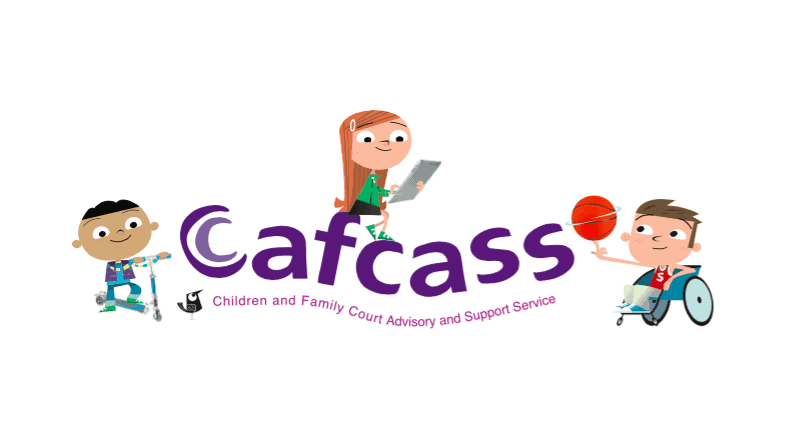We wrote earlier today about a Guardian article that suggested that there had been 10 cases like Charlie Gard’s so far this year (18 last year), and that they were being dealt with in secret. You can read that post here : Are there other cases like Charlie’s?
We had tweeted asking CAFCASS (@mycafcass) to clarify the data upon which the figure of 10 was based and we’ve now received the following response. It is much as we had suspected : not all that clear cut. We are grateful to CAFCASS for clarifying.
Here are our tweets :
…and if not published, can you publish them? Or at any rate clarify what specific question was asked to get the answer 10 / 18? Thanks.
— transparency project (@seethrujustice) July 30, 2017
Here is the response from CAFCASS :
The data on the number of medical treatment cases has been taken from the Cafcass national database ECMS; this is a live system which is subject to continual updates and change. As with any large scale recording system, these figures are subject to possible errors with data entry and processing.
Please note that not all of the cases will be concerned with the withdrawal of life sustaining treatment. The figures provided were in relation to cases logged on ECMS as medical treatment cases in which there are 10 recorded so far for 2017 and 18 for 2016. However these figures may not include all medical treatment cases, if a decision is made within other proceedings. There will also be some cases which are exceptionally urgent and Cafcass is not asked by the court to become involved. [our emphasis]
So, it might be ten. Or it might be more. Or it might be less. Either way the number of cases this year of this broad type which have in one way or other seen the light of day, through publication of judgments or news reports, seems to roughly match the figures CAFCASS hold.

Trackbacks/Pingbacks